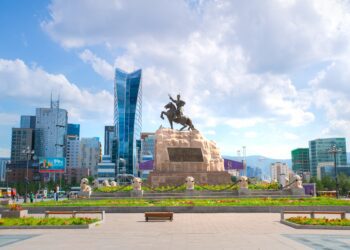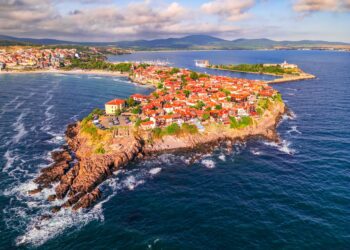The Henley Passport Index ranked all the world’s passports.
The concept we know today of a worldwide passport standard was created in the aftermath of the First World War (WWI) by the League of Nations, a body tasked with the heavy burden of maintaining peace, after WWI brought harsh restrictions on freedom of movement.
In 1914, warring states of France, Germany, and Italy were the first to make passports mandatory, a measure rapidly followed by others, including the neutral states of Spain, Denmark, and Switzerland. Although the use of passports can be traced back to the biblical era, a form of formal legislation came until 1921 when the U.S. passed the Emergency Quota Act of 1921 and later, the Immigration Act of 1924. Martin Lloyd explains in The Passport: The History of Man’s Most Travelled Document that this process began as a sort of gentleman’s agreement, but later escalated as a normal way to limit the inflow of immigrants.
In recent years, passports have faced a distinctly 21st-century identity crisis, becoming a highly sought after commodity, and like many commodities that are subject to private interests, depending on the color of our passport, our our country of origin, a passport has the power to grant us extreme privilege or extreme distress.
Passports with power
Understanding the important powers passports have been gaining through the years, The Henley Passport Index studied all the world’s most powerful passports: Japan and Singapore lead.
Among 199 passports, the ranking based on exclusive data from the International Air Transport Association (IATA) tallies up the number of countries that are accessible without obtaining a prior visa. The information is enhanced by ongoing research by the Henley & Partners Research Department.
















